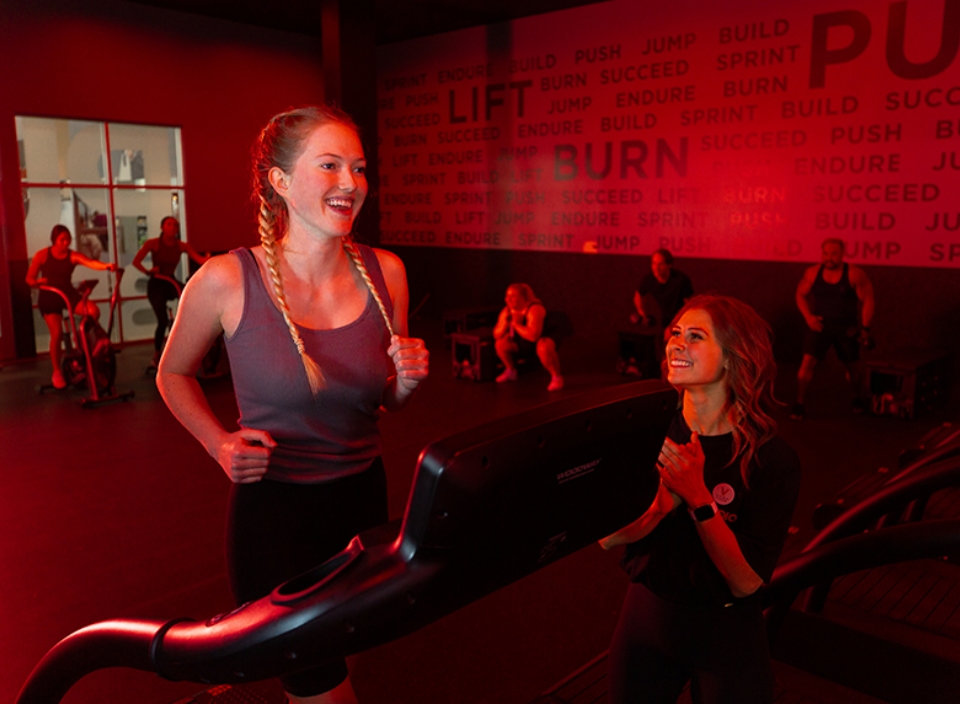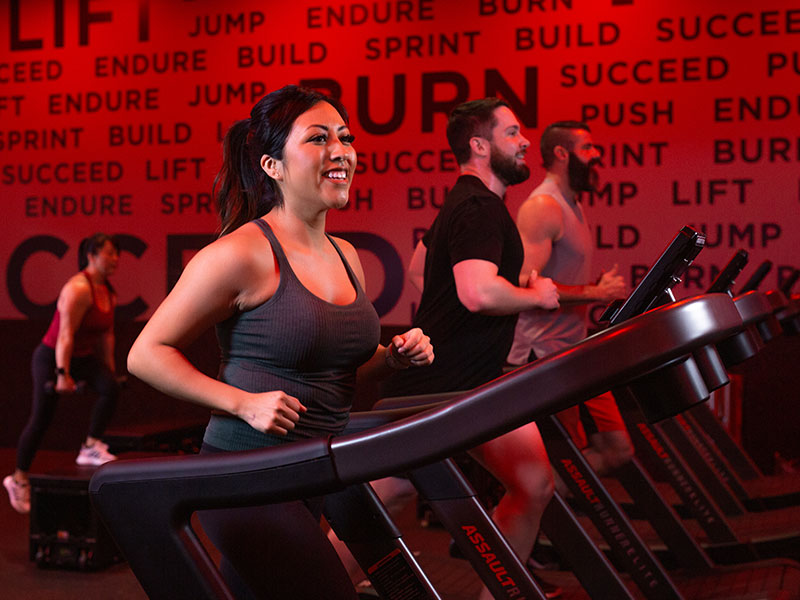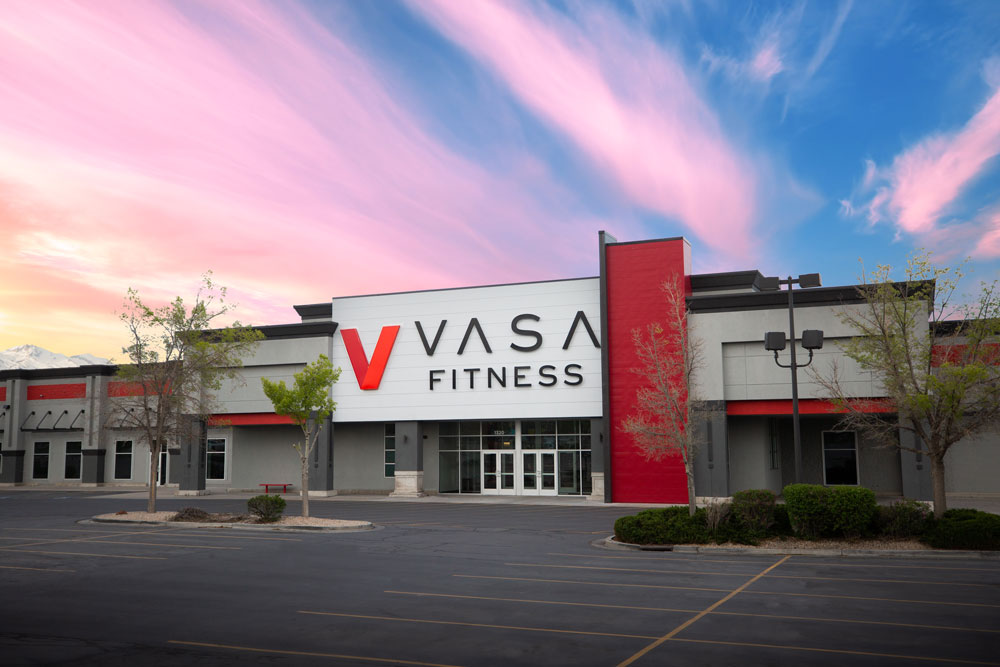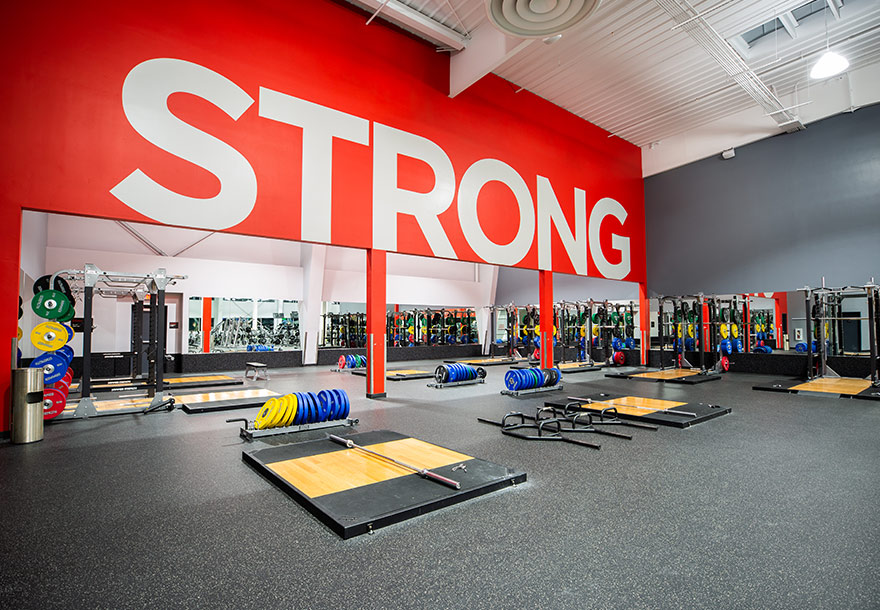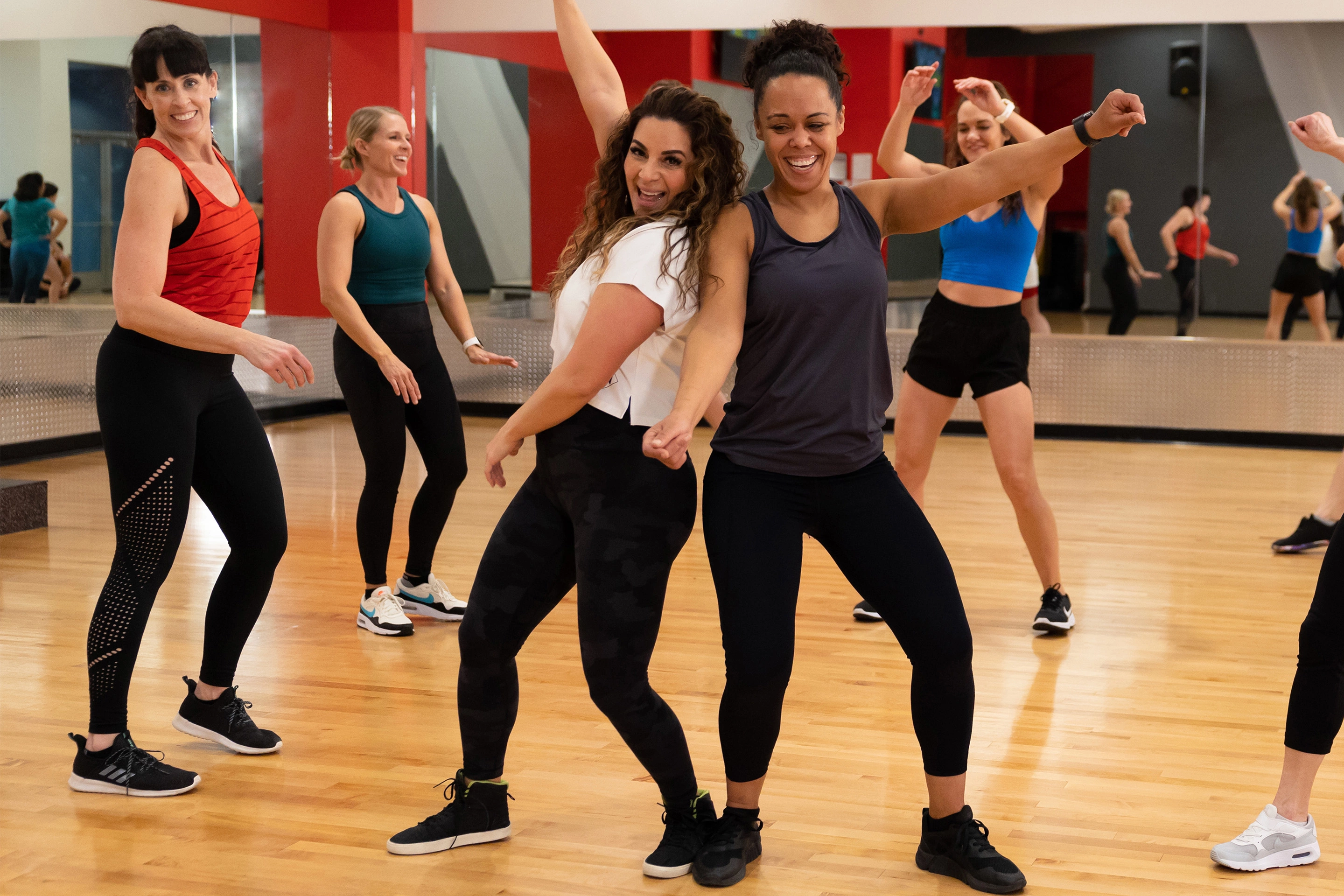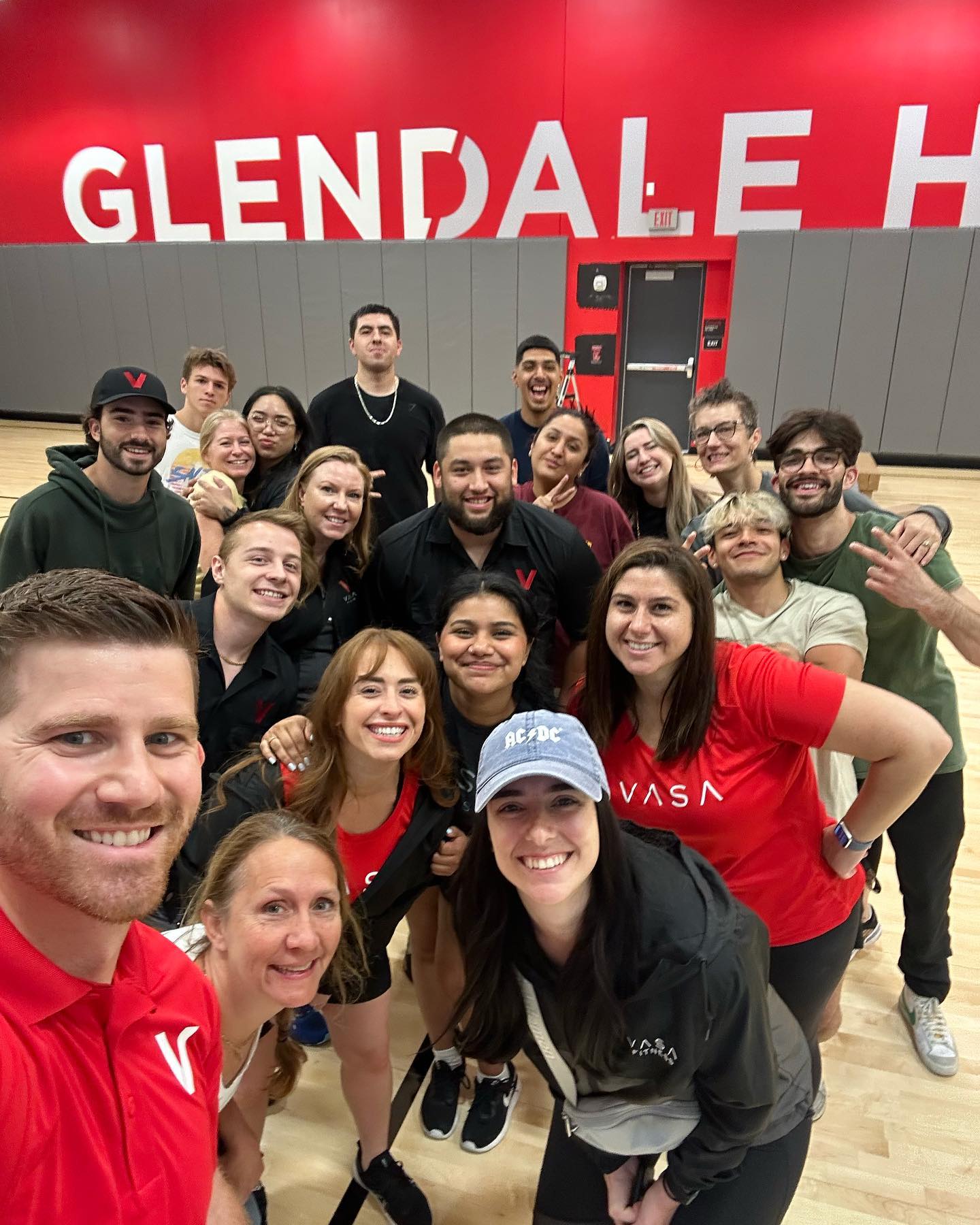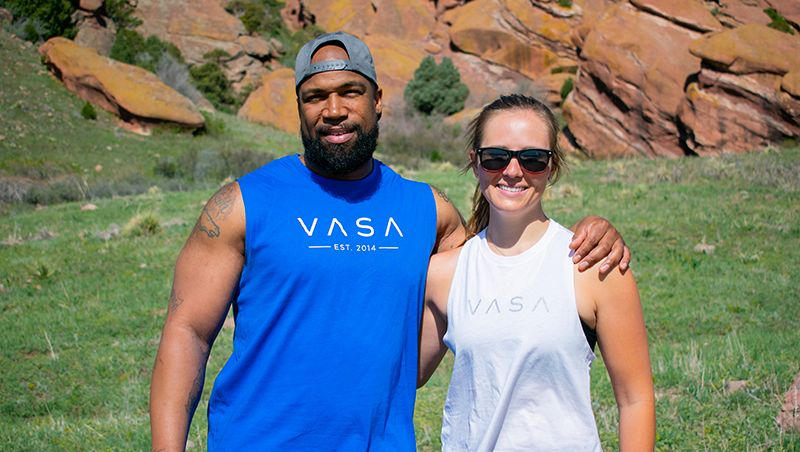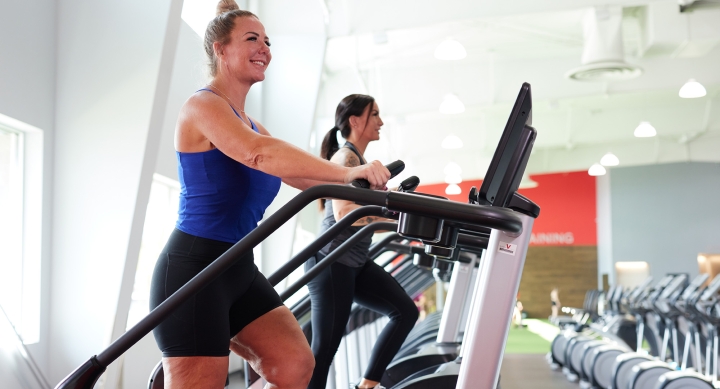Best Workouts for Skiers and Snowboarders During the Summer
While winter seems like a long way away, the best time to start training for the ski and snowboard season is now. Most injuries on the slopes occur from fatigue and weak muscles. The best way to reduce injuries is to get and stay strong so you can cruise down the slopes with ease.
Four main components of a year-round fitness program will help you improve your downhill times and keep you skiing all day long: aerobic endurance, full body strength, core strength, and mobility.
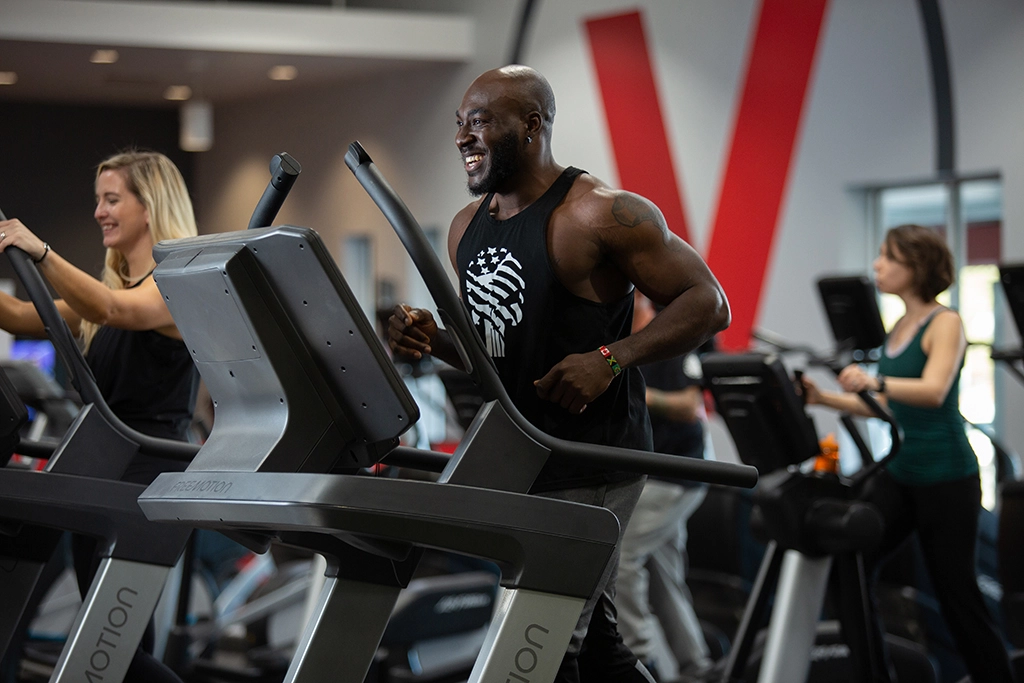
AEROBIC ENDURANCE
Many skiers and riders like to maximize the number of runs and vertical feet they can complete in a day. A good base of cardiovascular training will help with recovery between runs and keep your heart rate lower while skiing. Train your stamina by getting at least 150 minutes of moderate activity each week using tools like treadmills, ellipticals, and stair climbers. To help manage higher heart rates, add in high–intensity interval training (HIIT) using those same machines one to two times per week.
FULL BODY STRENGTH TRAINING
Most winter sports require a strong lower body, but a complete training program includes upper body work. Skiing requires a strong pull through with ski poles, and if you’re trying to throw a front–side tail grab, having strong arms and shoulders are key. Spend your time focusing on the five major movement patterns: squat, hip hinge, lunge, press, and pull. A good rule of thumb is to spend 3-5 days of strength training using 3-5 sets of 3-5 reps on 3-5 movements. These guidelines will help build full-body strength in the main movement patterns and will give you some flexibility with your training schedule.
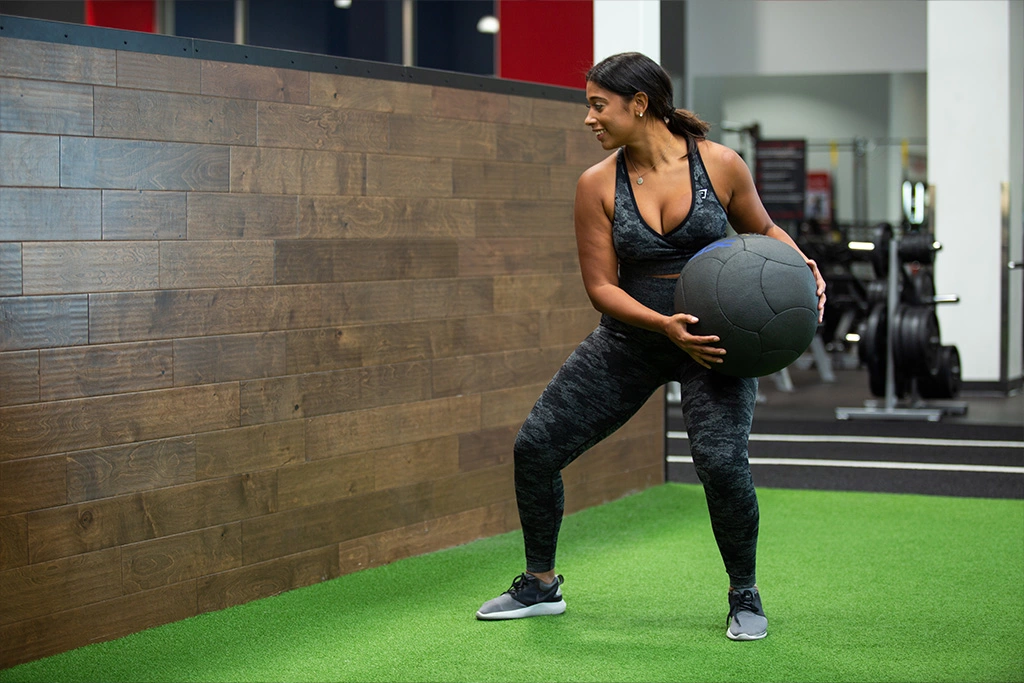
CORE STRENGTH
Skiing and snowboarding are dynamic activities that require core stability and core movement strength. Developing core strength doesn’t mean doing endless crunches and hours of plank holds. The core should be trained for stability and dynamic exercises in all three planes of general movement.
Flexion exercises like crunches pair nicely with extension exercises like a 45–degree back extension, and rotation exercises like ball tosses pair nicely with planks or bridges.
MOBILITY
A full range of motion is not only important for the slopes, but it’s also a huge component of overall health. The deeper positions you can reach, the easier it will be to tuck, squat, and jump when you’re riding and skiing downhill. Good ankle mobility is also important because it determines how well your knees and hips can handle the stress from training. Focus on creating a full range of motion. Start with bodyweight and then add in more load and reps as you get stronger.
Whether you’re a recreational skier or an Olympic medalist, training for performance on the slopes is a year-round activity. Training should include strength, endurance, core work, and mobility training. If you’re not sure where you should start, book some time to chat with one of VASA’s certified Personal Trainers who can help prep you for success on the slopes this winter.
SUBSCRIBE TO OUR BLOG
Enter your email to start receiving our blog emails!
